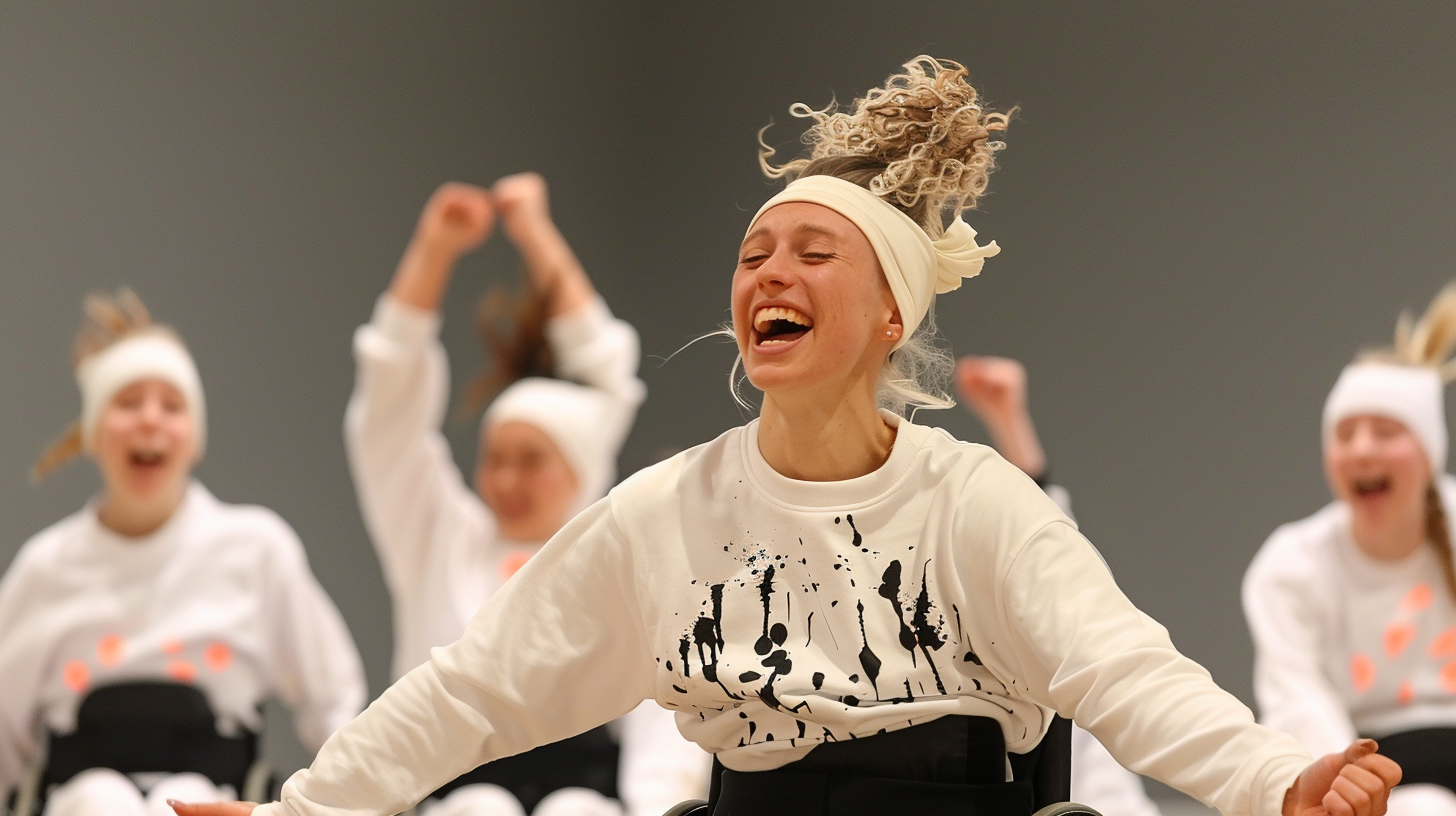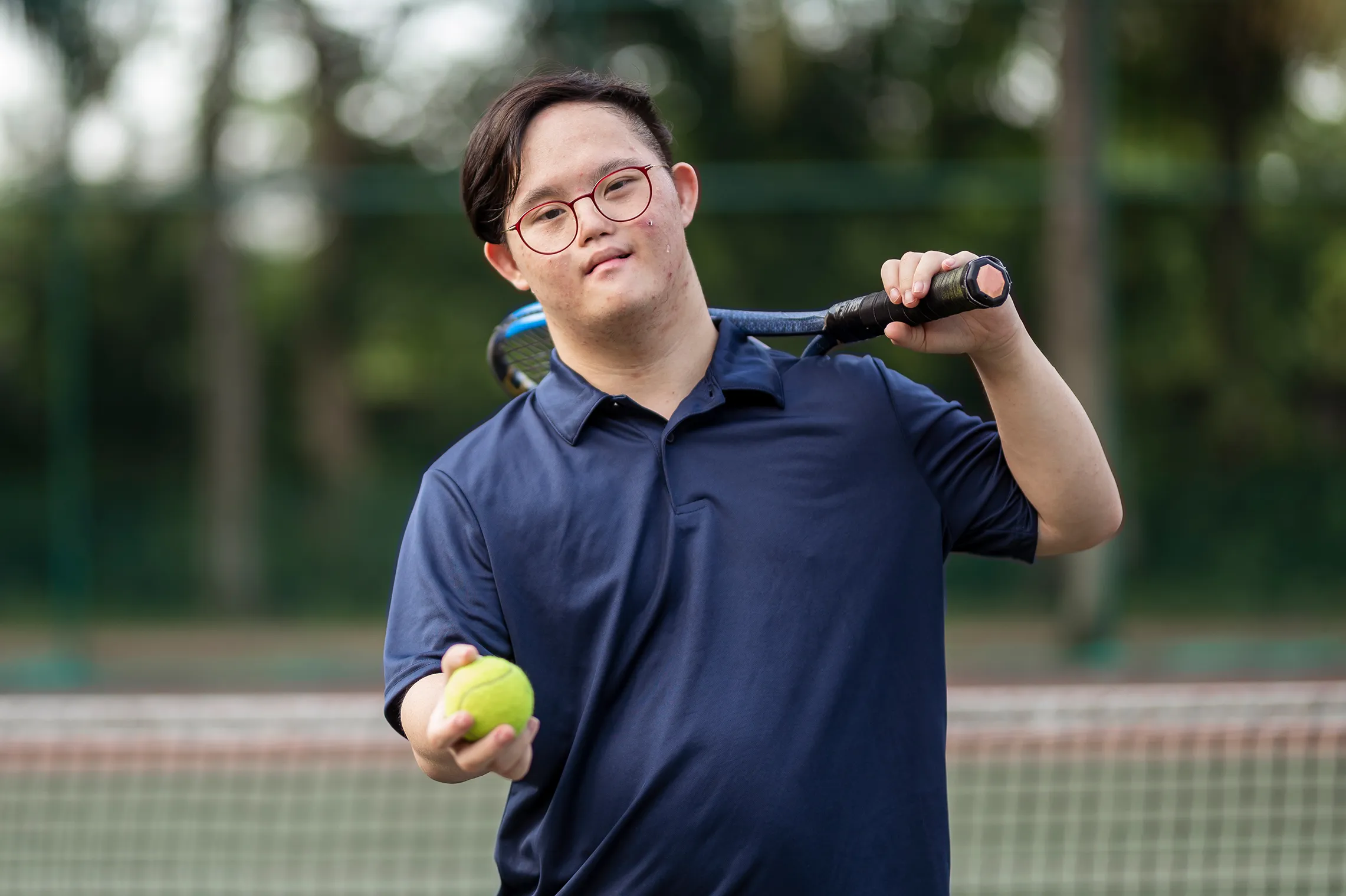
The Benefits of Dance and Movement Therapy for Children with Cerebral Palsy
Dance and movement therapy is an innovative approach that can bring significant benefits to children with cerebral palsy. This form of therapy uses dance and body movement to improve physical, emotional, and cognitive functions. In New Jersey, various programs and resources are available to support children with cerebral palsy through dance and movement therapy.
Understanding Dance and Movement Therapy
What is Dance and Movement Therapy?
Dance and movement therapy (DMT) is a therapeutic practice that uses dance and body movement to promote emotional, social, cognitive, and physical integration. It is particularly beneficial for individuals with developmental disabilities, including cerebral palsy, as it provides a holistic approach to therapy.
How Does It Work?
DMT sessions typically involve guided movements, improvisation, and rhythmic activities tailored to the individual’s abilities and therapeutic goals. Therapists use movement to help individuals express themselves, improve motor skills, and develop social connections.
Benefits of Dance and Movement Therapy for Children with Cerebral Palsy
Improved Motor Skills and Coordination
Dance and movement therapy can help children with cerebral palsy improve their motor skills and coordination. The repetitive and rhythmic movements involved in dance help strengthen muscles, enhance flexibility, and improve balance. According to a study published in the “Journal of Bodywork and Movement Therapies,” dance therapy significantly improved gross motor function in children with cerebral palsy.
Enhanced Emotional Well-being
DMT provides a creative outlet for self-expression, which can positively impact emotional well-being. Children with cerebral palsy often experience frustration and emotional challenges related to their physical limitations. Dance allows them to express emotions non-verbally, which can reduce stress and anxiety and boost self-esteem.
Social Interaction and Communication
Participating in dance and movement therapy sessions provides opportunities for social interaction. Children engage with peers and therapists, developing social skills and building relationships. This social aspect of DMT can help reduce feelings of isolation and improve overall social well-being.
Cognitive Development
Dance and movement therapy can also support cognitive development. The activities involved in DMT require children to follow instructions, remember sequences, and make decisions, which can enhance cognitive functions such as memory, attention, and problem-solving skills.
Local Resources in New Jersey
Dance Movement Therapy Programs
Several organizations in New Jersey offer dance and movement therapy programs for children with cerebral palsy:
- Moving Miracles: Located in Westfield, NJ, Moving Miracles provides adaptive dance classes for children with various disabilities, including cerebral palsy. Their programs focus on enhancing motor skills, self-expression, and social interaction.
- Grooves Unlimited: This dance studio in Livingston, NJ, offers inclusive dance classes designed for children with disabilities. Their adaptive dance program aims to provide a fun and supportive environment for all participants.
Professional Therapists
Certified dance and movement therapists can be found through professional organizations such as the American Dance Therapy Association (ADTA). The ADTA provides a directory of qualified therapists in New Jersey who specialize in working with children with cerebral palsy and other disabilities.
Support Organizations
Organizations such as Cerebral Palsy of North Jersey (CPNJ) offer various therapeutic services, including dance and movement therapy. CPNJ focuses on providing comprehensive support to children with cerebral palsy and their families, ensuring access to essential therapies and resources.
Embracing the Benefits of Dance and Movement Therapy
Dance and movement therapy offers a range of benefits for children with cerebral palsy, from improved motor skills and emotional well-being to enhanced social interaction and cognitive development. In New Jersey, numerous programs and resources are available to support families in accessing this valuable therapeutic approach. By incorporating dance and movement therapy into their child’s treatment plan, families can help their children experience the joy of movement and the numerous therapeutic benefits it provides. For more information on local programs and therapists, visit the American Dance Therapy Association and explore the resources offered by Cerebral Palsy of North Jersey.





